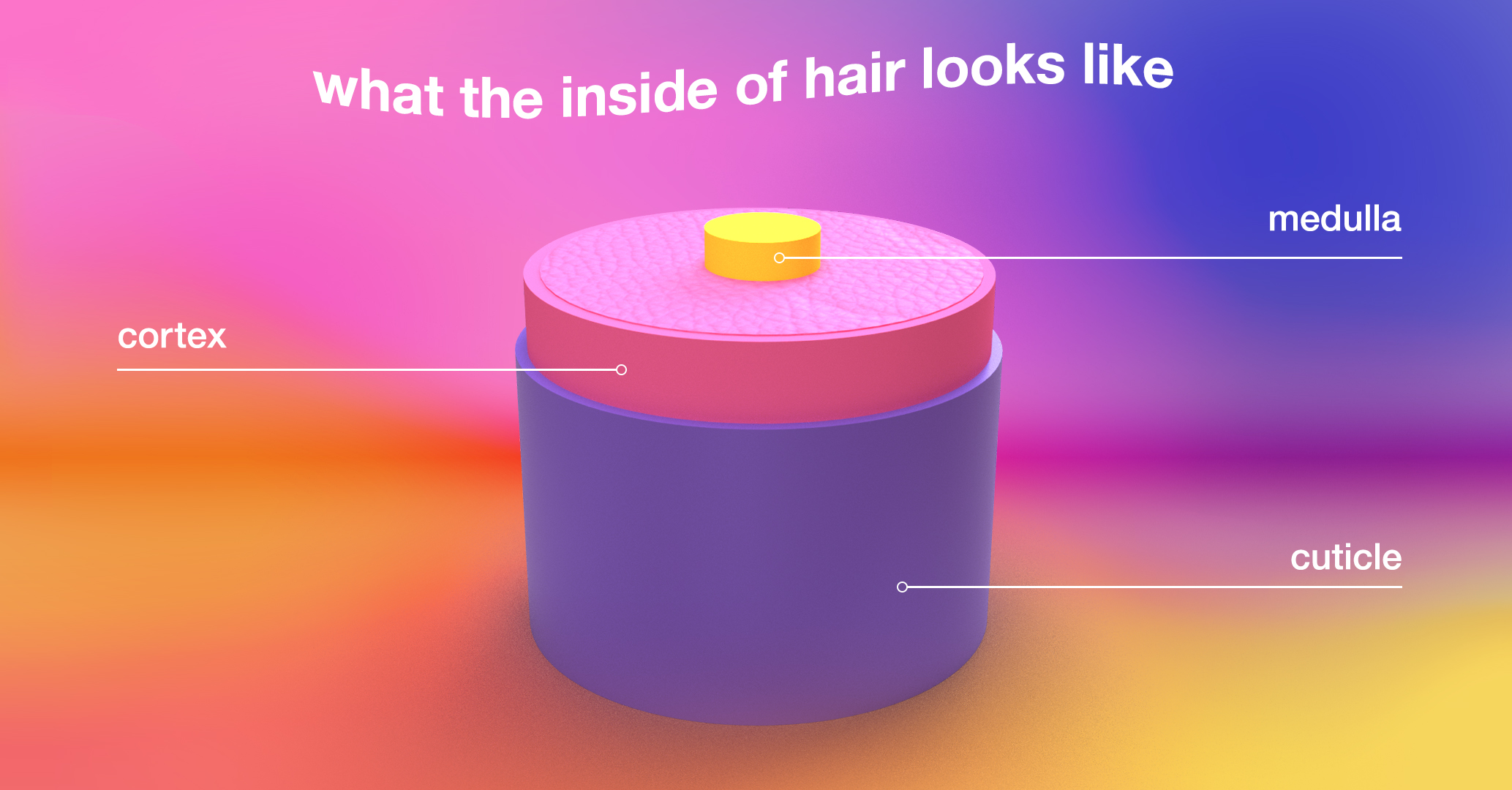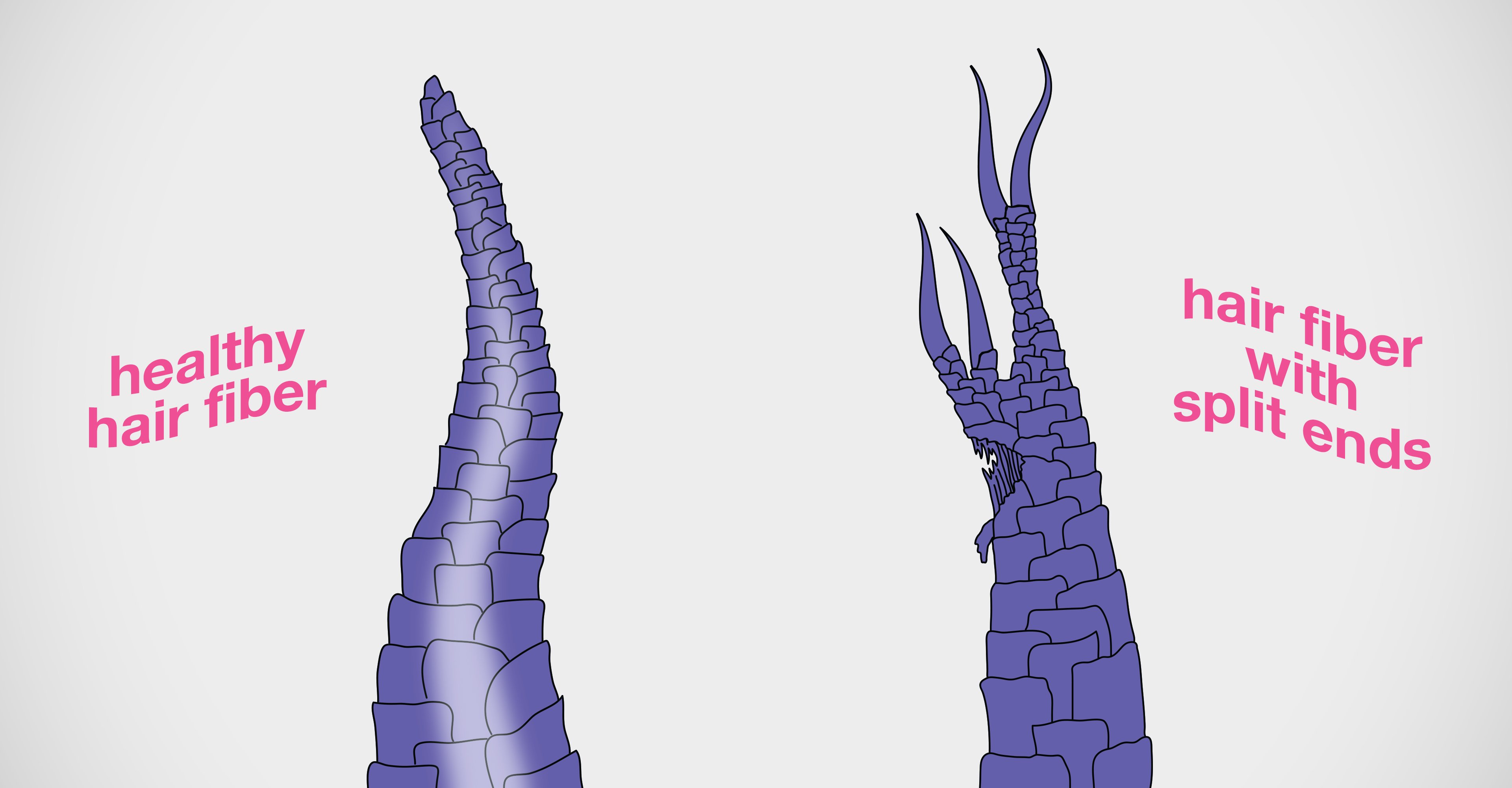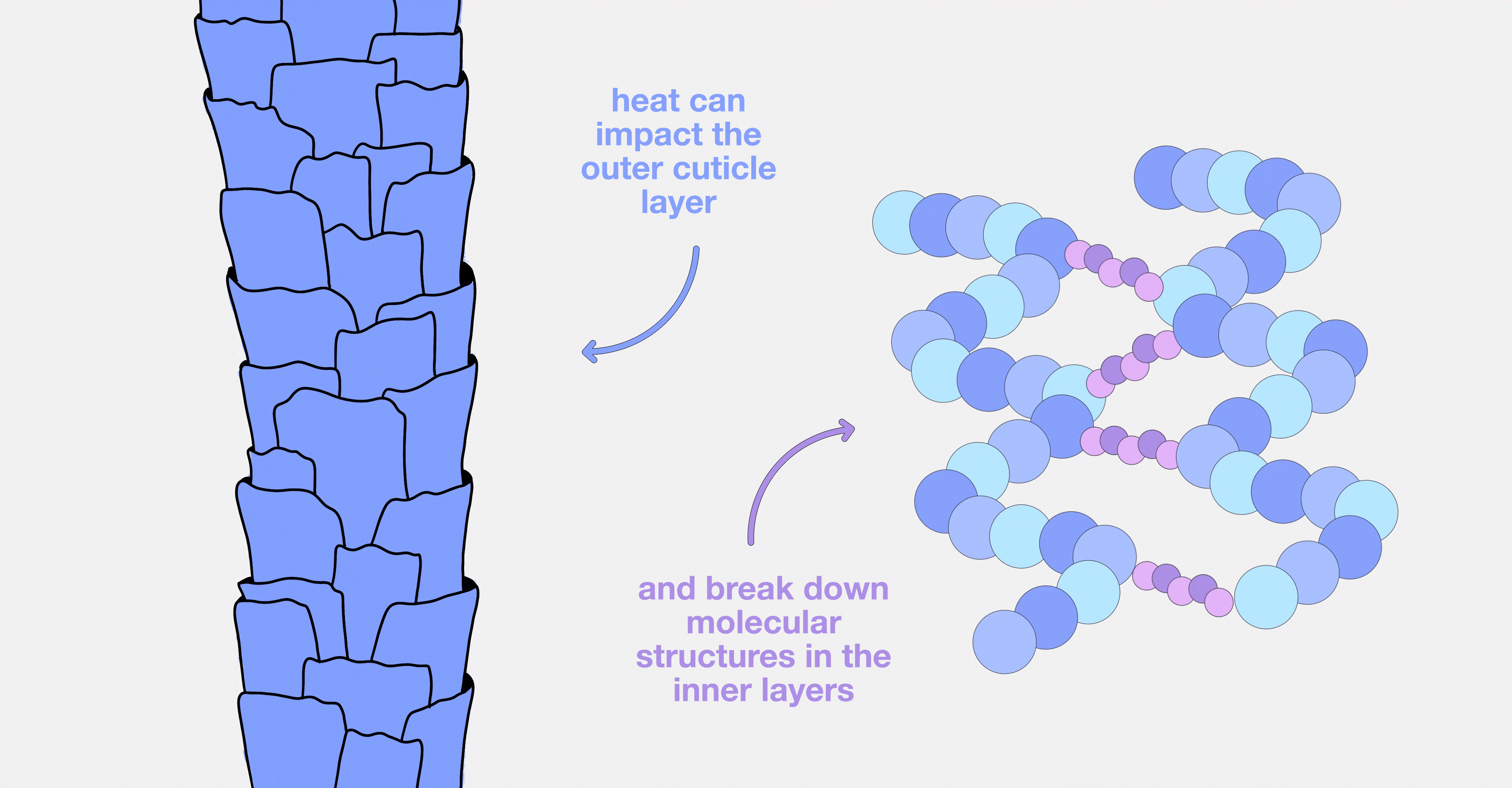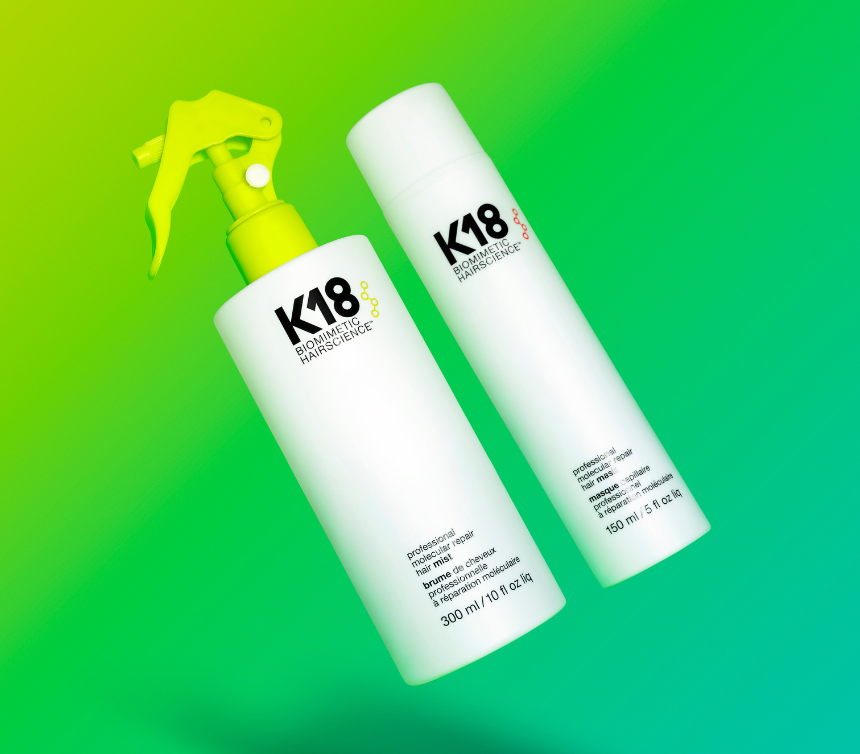Dull, frizzy, limp hair? Tangles or split ends? There’s a common reason behind it all: hair damage.
Damage can be caused by many things, from brushing and styling to heat tools, the environment and sunlight, but especially chemical services. They all ultimately impact not only the way your hair looks and feels on the outside, but also break down and change the internal structure of your hair—the underlying cause of visible damage.
That’s why if you want to truly address hair concerns and improve the way it looks and feels—you need to repair damage that occurs deep inside the hair— at the true source of damage.
Today, we’ll walk you through how damage impacts hair’s outward appearance and leads to different types of concerns. Then, we'll highlight how to prevent this damage for strong, smooth hair that stays healthy.
what the inside of hair looks like
From the outside, your hair may look simple, but on the inside it’s a sophisticated biological structure with many parts that come together to give hair its amazing properties.

As you can see, hair is made up of 3 distinct layers: the cuticle on the outside which surrounds the hair’s cortex and (in some thicker hair) the innermost medulla.
The cuticle is composed of layers of overlapping cells that resemble the shingles on a roof, and it protects the cortex from outside aggressors. A healthy cuticle is smooth with cells that lay flat, and this is what gives healthy hair a smooth feel and shiny appearance.
In the cortex, interwoven keratin polypeptide chains assemble to form larger helical structures, the same way individual yarns weave together to create a stronger and more durable rope, giving your hair strength and elasticity.
The medulla isn’t present in everyone’s hair, but even when it is, it doesn’t play a particularly significant role with respect to hair’s properties.
more damage = more problems
Damage is the source of most hair concerns. But how does hair get damaged? Chemical services, daily mechanical and heat styling (think: brushing or using hot tools), and exposure to environmental factors like UV rays from the sun or airborne and water pollutants can harm the structure of hair.
On the inside, your hair’s cortex structure is stabilized by a complex system of chemical bonds which gives it its strength and resilience. Strong chemical (covalent) peptide bonds join the keratin polypeptides in your hair together to form long vertical chains along the hair’s length, while disulfide bonds crosslink forming a dense network. It’s here where K18PEPTIDE™ is designed to work, deep within the polypeptide chains.
Hydrogen bonds are transient and reversible bonds that form between the individual amino acid groups along these polypeptide chains. Hydrogen bonds provide elasticity and responsiveness and help stop hair from tangling and also help when styling your hair. n the creation of hair styles.
As salon chemical services like a bleach, color, perm or relaxer work from within, they also break down the disulfide and peptide bonds, reducing hair’s strength. In this process, hydrogen bonds too become more susceptible to the effects of water, impacting elasticity and leading to your style not holding up, even causing your hair to appear frizzy.
breakage + split ends
It’s damage deep down inside the cortex that ultimately leads to hair breakage and the formation of split ends. Over time, your hair can be exposed to several chemical services and daily damage from heat, the environment, brushing and styling. Your ends—the oldest part of your hair—are the most damaged part of your hair; they’ve had the most exposure to each of the damaging elements.
This accumulation of damage progressively acts upon the cortex structure, fatiguing and weakening the hair, which then develops weak spots and cracks along its length that eventually lead to the hair succumbing to breakage. This can lead to shorter (not by choice) hair fibers that stick out disrupting the look of your style, or fibers where the tips are damaged in a way that creates long splits along their length, commonly known as split ends. These problems can be made worse when the outer cuticle is also compromised by chemical services, heat and other factors. As the cuticle gets chipped and stripped away over time, it exposes the cortex, making the inside of the hair even more susceptible to damage.

Cuticle loss also can also decrease hair’s smoothness and shine, leaving your hair looking dull. When the cuticle has worn away completely, there’s nothing to protect the rope-like system of keratin chains, and the peptides and disulfide bond of the cortex which further impacts its properties.
how UV and heat damage impact color
Ever notice how the tips of your hair often have a different color from your roots? If you lighten or color your hair, you may have witnessed the color changing over time or yellowing. This can happen for a number of reasons, but UV and heat damage play a big role.
Overexposure to UV or heat causes the dye molecules (chromophores) and the natural melanins within the cortex to break down and fade. Several of the amino acids of the keratin polypeptide chains are also susceptible to effects of UV and heat, particularly the amino acid tryptophan. Tryptophan breaks down in a complex cascade reaction forming new colored species, and these can discolor hair and cause white or bleached hair to darken.

reversing damage for healthy hair
So, how can you combat damage to address and prevent all these hair concerns?
Reverse the damage that causes frizz, dullness, and split ends by reconnecting polypeptide chains and disulfide bonds broken during bleaching, color and chemical services + heat* with K18’s clinically proven K18PEPTIDE™. K18 molecular repair mask is the first step, helping to restore strength and prevent damage.
To repair damage long-term and address cosmetic concerns immediately, apply 2-3 drops of the K18 molecular repair hair oil to smooth hair and fight frizz by repairing damage on the inside so your hair can look its best on the outside. Both are formulated with the K18-patented K18PEPTIDE™, a biomimetic peptide that fits seamlessly into your hair’s keratin structure, repairing hair from the inside out and treating the damage that causes frizz and split ends. The oil also contains hemisqualane, and avocado oil for a formula that prevents friction and mechanical damage, taming tangles, and helping to protect your hair from heat up to 450 degrees Fahrenheit*, preventing hair yellowing and cuticle and cortex breakdown.
And that’s how you can repair frizz, dullness, breakage + split ends from the inside out.



